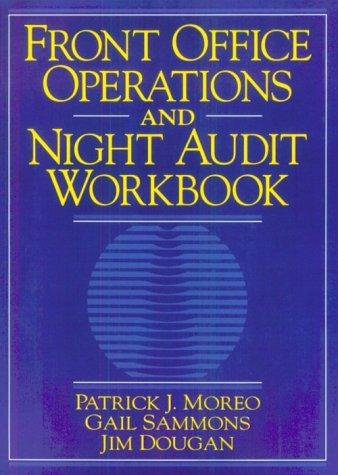



Haas Company manufactures and sells one product. The following information pertains to each of the company's first three years of operations: Variable costs per unit: Manufacturing: Direct materials Direct labor Variable manufacturing overhead Variable selling and administrative Fixed costs per year: Fixed manufacturing overhead Fixed selling and administrative expenses $ $ $ 27 14 6 1 ta $ 510,000 $ 210,000 During its first year of operations, Haas produced 60,000 units and sold 60,000 units. During its second year of operations, it produced 75,000 units and sold 50,000 units. In its third year, Haas produced 40,000 units and sold 65,000 units. The selling price of the company's product is $60 per unit. Understanding the High-Low Method Calculating the outcome for the high-low method requires a few formula steps. First, you must calculate the variable cost component and then the fixed cost component, and then plug the results into the cost model formula. First, determine the variable cost component: HAC Lowest Activity Cost Variable Cost = HAUS Lowest Activity Units where: HAC = Highest activity cost HAUS = Highest activity units Variable cost is per unit Next, use the following formula to determine the fixed cost component: Fixed Cost = HAC (Variable Cost X HAUS) Use the results of the first two formulas to calculate the high-low cost result using the following formula: High-Low Cost Fixed Cost + (Variable Cost ~ UA) where: UA = Unit activity NECT HW1.2 Q10: The rest of this project utilizes information from your CONNECT homework. Refer to Question 10 from HW1.2 for Haas Company as a resource. Within CONNECT, click SHOW CORRECT ANSWERS to insure you are using only correct information. Remember each CONNECT problem in the homework assignment is algorithmic, meaning your CONNECT question IS DIFFERENT than anyone else's. You may find it helpful to print out your Question 10 from HW1.2. Mixed Costs: Haas Company has identified factory electricity and shipping costs has being Mixed. (part variable and part fixed). 3) Factory electricity costs for the last 3 years have been as follows: Year 1: Year 2: Year 3: $40,000 $45,000 $28,000 2 a) Would the total cost of electricity be dependent on the number of units SOLD or the number of units PRODUCED? b) Reference the High Low method described on page 267 of your text. Use the 3 years of electricity expense given above and YOUR units produced or sold (as appropriate to your answer in (a) from CONNECT HW1.2 Q10. To reiterate, CONNECT Q10 from Homework 2 tells you the number of units produced/sold for the first second and third years of operations. You should use this data with the High-Low method to calculate the variable cost per unit for electricity. c) Continue to use the High-Low method, identify the average fixed cost element for electricity. d) Write the formula for electric costs as Y=a+bX. , where a is the fixed expense and b is the variable expense per unit. Note: Check figures must be supported to earn credit for grading purposes. Show your work! e) If Haas Company plans to produce and sell 150,000 units, how much can they expect their electric costs to be for the period










